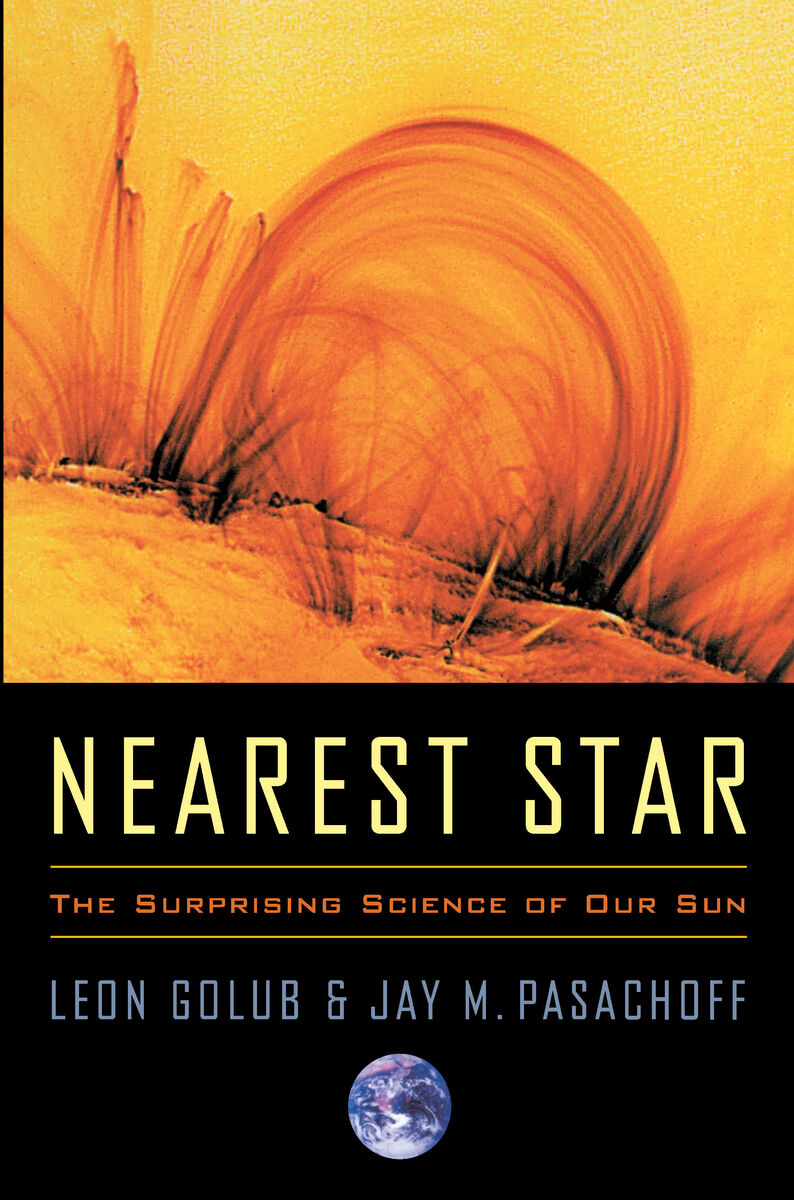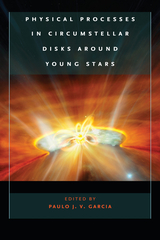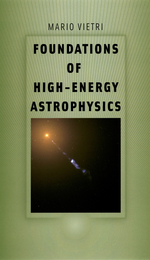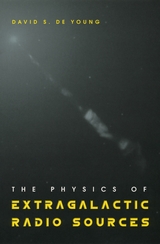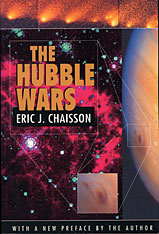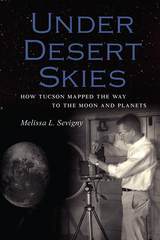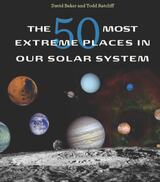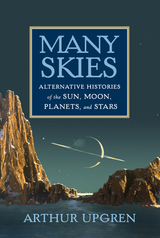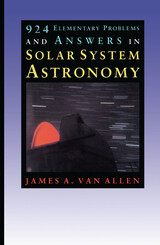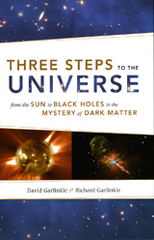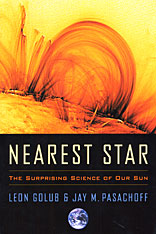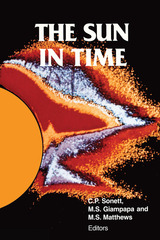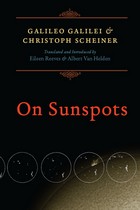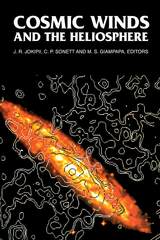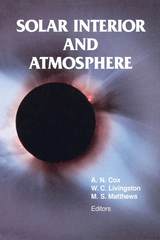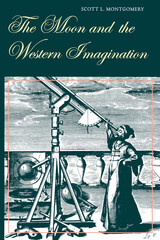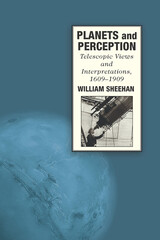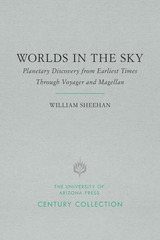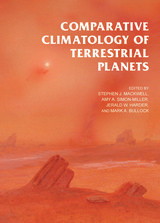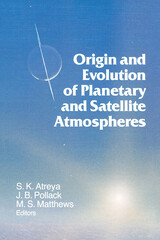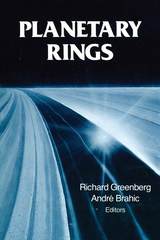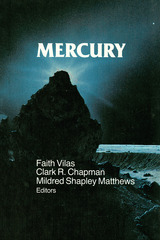A book written with both knowledge of and affection for the subject, so that portions of it are almost as warming as the sun itself.
-- Virginia Trimble, Professor of Astronomy, University of Maryland and University of California, Irvine
It's easy to take for granted our nearest star, the star that provides us with heat and light, ingredients we need for our existence. But with clear prose, the authors bring us an exciting and important tale of what we know about our vital neighbor, how we know it, and what we're still learning at the forefront of research.
-- Wendy Freedman, Astronomer, Carnegie Observatories
The Sun is life, and for us Earthlings it anchors the most important real estate in the universe. Until this century we didn't have a clue as to how the Sun works. Golub and Pasachoff--expert solar physicists--unveil in everyday language the Sun's wonderfully energetic alchemy and the many ways it influences our lives. They provide a harmonious balance between historical reflection and cutting-edge science.
-- Leif J. Robinson, Editor Emeritus, Sky & Telescope magazine
The State of the Sun: Here, in a single, beautifully written volume, Golub and Pasachoff have brought us all up to date about the most important star of all. This book should appeal to everyone who has gone outside, felt the heat of the Sun, and wanted to learn more about it. The chapter on eclipses is particularly good, which is not surprising considering that Pasachoff has seen more eclipses than anyone else I know. Both authors are expert and their words are easy to understand, enjoy, and learn from.
-- David H. Levy, Science Editor, Parade magazine and author of Eclipse: Voyage to Darkness and Light
Without the sun our Earth would be a dead and frozen wasteland. This excellent book by two eloquent experts describes our wondrous star. It is huge, complex, turbulent, constantly erupting and ultimately evolving. An important star, an important book.
-- Paul Hodge, Editor, Astronomical Journal
This timely book considers the latest achievements and advances in solar physics. Written by two of the world's most active and brilliant astrophysicists, it offers clues that may lead to the resolution of many of the most fundamental questions facing solar physicists, including the hotly debated question of the nature of the relationship between the sun and the earth.
-- Serge Koutchmy, Directeur de Recherche at Paris Institut d'Astrophysique; CNRS-France
Soul-stirring, mind-blowing reading...[Golub and Pasachoff] have put together a superb profile of the sun. They don't assume any special knowledge on the part of their readers, so they explain their subject starting with broad overviews and theories...and they glide smoothly between fundamental questions...and more arcane but immediately relevant topics...[Their] discussions...can take your breath away...The sun is simply peerless from any angle and this enlightening biography shows it in all its glory--as bright as daylight.
-- Kirkus Reviews
A brilliant, richly illustrated survey of the current state of solar knowledge...Golub and Pasachoff describe the sun's dynamism and effects on Earth in a crystalline, nontechnical fashion perfectly suited to nonspecialist readers.
-- Gilbert Taylor Booklist
Coauthors Golub and Pasachoff...describe for a nonspecialist audience what is currently known of the structure of the sun, the source of its enormous energy, its history and future, its various effects on Earth and its atmosphere, and the fascinating phenomena that occur during total solar eclipses...The strength of the book is that it is a 'state of the art' report from two bona fide experts in the field...Recommended.
-- Jack Weigel Library Journal
Taking advantage of the increased attention as the sun reaches the peak of its 11-year sunspot cycle, Harvard-Smithsonian astrophysicist Golub and Williams College astronomy professor Pasachoff deliver a clear, detailed and broadly informative overview of the scientific study of our "nearest star" and its effects on our planet...[T]his book shines in its discussion of the properties of the sun's turbulent outer layers...It provides space and astronomy-loving readers in-depth information about the many challenging projects that are produced or are producing that knowledge, about advanced projects on the drawing board or in conceptual stages and about Web sites where readers can find more details and up-to-date developments.
-- Publishers Weekly
Solar physics is in something of a golden age. Recent observational results from highly successful space missions have significantly altered our understanding of the Sun's outer atmosphere, its magnetic-activity cycle and its influence on the Earth and the near-space environment...Nearest Star beautifully presents these and other recent advances for the general reader, while also giving a good historical perspective on our study of the Sun. The authors are especially well qualified to write a popular book on this topic...With the publication of this book, Harvard University Press continues a tradition of excellent books on the Sun for general audiences. Nearest Star is an up-to-date, authoritative and entertaining introduction to the Sun for the general reader. It represents popular science writing at its best--expert authors writing in a clear and lively style, without oversimplification, engaging the reader's creative thinking and imagination.
-- John H. Thomas Nature
Nearest Star tells the surprising story of our most important star, the Sun, and its relationship to our most important planet, Earth. It is a story with many facets, and multiple links to fundamental physics that might surprise as well as engage the reader. The book is beautifully written and conveys the love that the authors have for the subject...Nearest Star provides an excellent overview of our current understanding of the Sun and its effects on Earth.
-- Ramon E. Lopez Physics Today
Several books about the Sun have been published over the past few years and this is one of the best. It is well written, by two experts, and pitched at a level that should be intelligible to Astronomy Now readers.
-- Peter Gill Astronomy Now
Golub and Pasachoff do not simply present an account of scientific fact. Rather, they show us how the process of science works...Nearest Star will surely leave you with a renewed appreciation for the beauty, complexity, and importance of our nearset star, the sun.
-- Jennifer Birriel Astronomy Magazine
Nearest Star is written for the nonscientist and avoids mathematics altogether. It aims to present a general description of our current understanding of the Sun and its effects on our planets.
-- Lee Macdonald Journal of the British Astronomical Association
In this book, two of the world's leading solar scientists unfold all that history and science-from the first cursory observations to the measurements obtained by the latest state-of-the – art instruments on the ground and in space – have revealed about the Sun
Nearest Star invites readers into an open-ended narrative of discovery about what we know about the Sun and how we have learned it.
-- Astronomical Society of the Pacific
